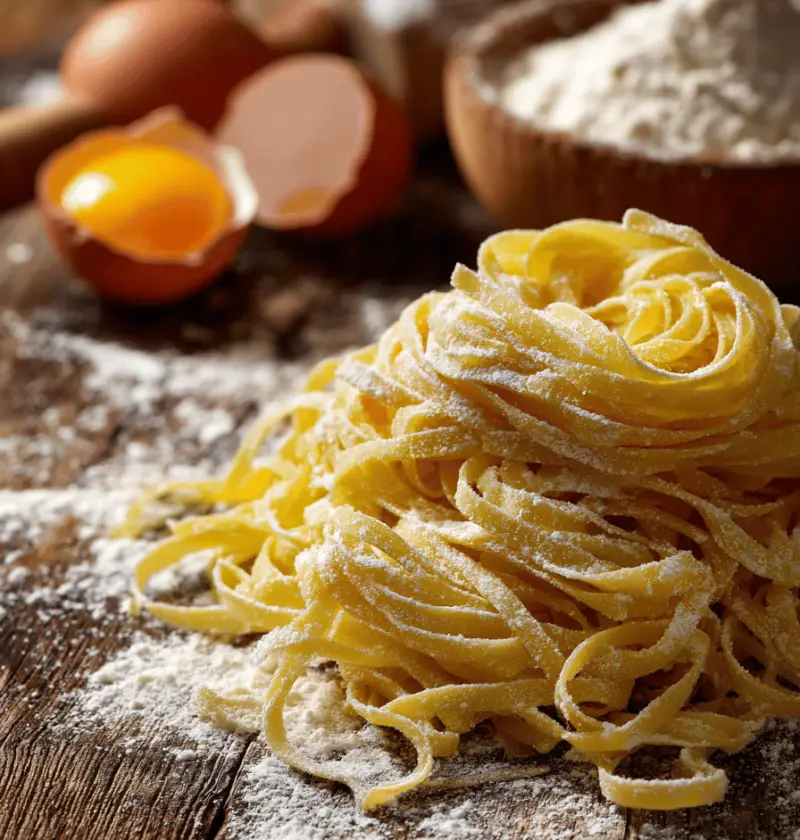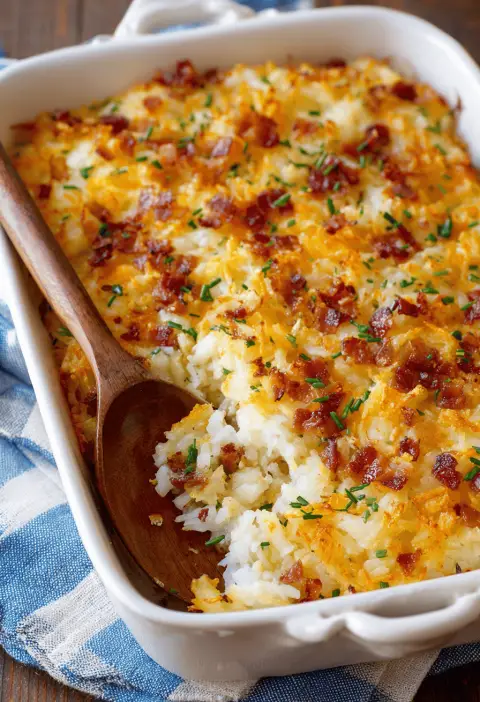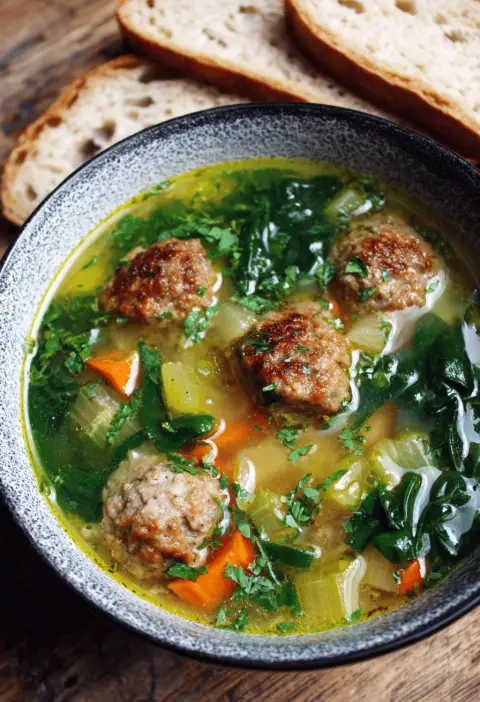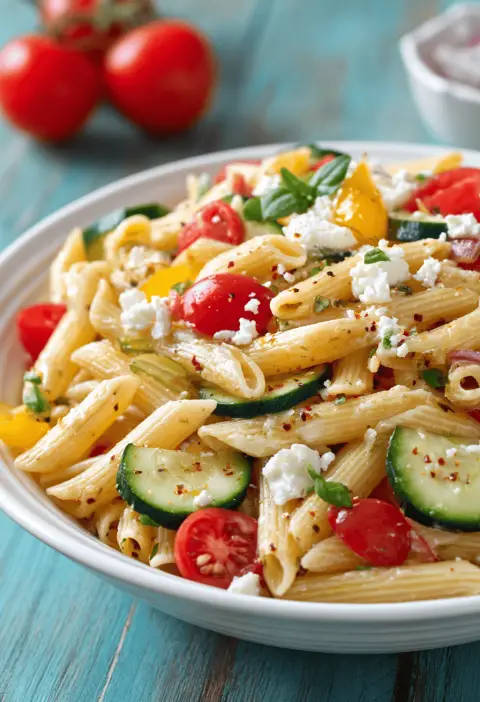Homemade Pasta Recipe
This Homemade Pasta Recipe whips up tender, golden noodles from scratch with just four simple ingredients—no pasta machine needed. If you’re curious about noodle making or eager to try fresh pasta for the first time, you’ll be amazed at how quickly you can transform simple pantry staples into a restaurant-worthy meal.
I still remember my kitchen smelling like Sunday dinners at Grandma’s house. That’s where I first learned how to make pasta from scratch, and now, decades later, I’ve refined that family trick into a foolproof method. Fresh pasta isn’t just about taste—it’s about the joy of creating something with your own hands, and it’s surprisingly healthy. Unlike store-bought varieties, this pasta dough contains no preservatives or weird additives. You control every ingredient, from the all-purpose flour to the finishing olive oil drizzle. Serve it beside a bright tomato-basil sauce in the summer or toss it with a cozy mushroom ragù when the air turns crisp—this pasta recipe adapts to every season and mood.
Why You’ll Love This Recipe
- No fancy gadgets—just a rolling pin or countertop pasta maker.
- Only four main ingredients you probably have on hand.
- Ready in about 45 minutes, including rest time.
- Infinitely customizable—spinach, beet, or whole wheat variations.
- Healthier than store-bought noodles, with zero preservatives.
- Impresses guests with that silky, restaurant-style texture.
- Fun activity for kids or family gatherings.
- Minimal cleanup—one bowl, one board, one pot.
Ingredients
- 2 cups (250g) all-purpose flour (or 00 Italian flour for extra silkiness)
- 3 large eggs, at room temperature (use pasture-raised if you can)
- 1 tablespoon extra-virgin olive oil (I love California Olive Ranch)
- 1/2 teaspoon fine sea salt (Morton’s Kosher is fine)
- Optional: 1/4 cup semolina flour for dusting (gives a bit of bite)
Tips for choosing and prepping:
– Sift your flour for lighter pasta dough and fewer lumps.
– Room-temp eggs blend more smoothly into the dough.
– If you’re allergy-sensitive, swap one cup of all-purpose for a gluten-free blend, but expect a slightly different texture.
Directions
- Measure and mound your flour on a clean countertop or large cutting board, forming a crater in the center like a little volcano. Sprinkle the salt evenly over the flour.
- Crack the eggs into the flour well and drizzle in the olive oil. With a fork, gently whisk the eggs, gradually pulling flour from the edges into the center. (Tip: if it feels too dry, splash in a teaspoon of water.)
- Once the mixture starts to come together, use your hands to knead the dough. Press the heels of your palms into the dough, then fold it over and turn. Keep kneading for about 8–10 minutes, until the dough is smooth, elastic, and no longer sticky.
- Shape the dough into a ball, wrap it tightly in plastic wrap or beeswax wrap, and let it rest at room temperature for at least 30 minutes. This relaxes the gluten so your dough won’t snap back when you roll it.
- Unwrap and divide the dough into four equal pieces. Lightly flour your surface and rolling pin (or set up your pasta roller). Flatten each piece into a rough rectangle before feeding it through the widest setting of a pasta maker.
- Pass the dough through the machine, gradually narrowing the setting each time until you reach your desired thickness (usually setting 5 or 6 on most machines). If rolling by hand, roll firmly and evenly until the dough is paper-thin—about 1/16 inch.
- Dust your sheets with semolina or flour, then loosely roll each sheet into a cylinder. Use a sharp knife to slice into fettuccine, tagliatelle, or pappardelle widths. Shake gently to unroll.
- Bring a large pot of salted water to a rolling boil. Fresh pasta cooks fast—usually 2–3 minutes until al dente. Scoop out with a spider or slotted spoon, reserving a bit of pasta water to adjust your sauce.
- Toss the hot noodles immediately with your favorite sauce—whether it’s a bright pesto, classic marinara, or a simple butter-sage emulsion. Serve at once, garnished with grated Parmesan and a crack of fresh pepper.
Servings & Timing
Makes 4 generous main-course servings
Prep Time: 15 minutes
Rest Time: 30 minutes (minimum)
Cook Time: 2–3 minutes
Total Time: 47–50 minutes
Variations
- Spinach Pasta: Blend 1 cup steamed spinach into the eggs for a vibrant green hue.
- Beet-Infused Noodles: Add 1/4 cup pureed roasted beets for color and earthy sweetness.
- Whole Wheat Twist: Use half whole wheat flour for heart-healthy fiber.
- Herb-Studded Dough: Press chopped rosemary or thyme into the rolled sheets.
- Lemon Pepper Pasta: Zest a lemon into your dough and finish with a crack of pepper.
- Gluten-Free Option: Swap in a 1:1 gluten-free flour blend—expect a slightly chewier bite.
Storage & Reheating
Refrigerator: Store fresh pasta (uncooked) in an airtight container for up to 2 days.
Freezer: Flash-freeze strands in a single layer on a baking sheet, then transfer to a zip-top bag for up to 1 month.
Reheat: Cook from frozen in boiling water for an extra minute, or gently sauté in sauce.
Make-Ahead Tip: You can mix and knead the dough up to a day ahead—just wrap tightly and chill, then rest briefly at room temp before rolling.
Notes
• Kneading matters: I’ve found that an extra minute or two of kneading really improves the pasta dough’s elasticity.
• Rest is your friend: Skipping the rest period often leads to springs-back rips when rolling—patience pays off.
• Humidity check: In humid climates, you might need a dusting more flour; in dry ones, a splash of water keeps dough from cracking.
• Tools: While any rolling pin works, I adore my Marcato Atlas pasta machine for consistency and speed.
• Flour blend: A 50/50 mix of all-purpose and “00” Italian flour yields a silky finish—worth seeking out if you can.
FAQs
Q: Can I use a stand mixer with a dough hook?
A: Absolutely. Mix on low speed for 2 minutes, then knead by hand for best texture.
Q: Why is my dough too sticky or too dry?
A: Adjust in small increments—add a teaspoon of water if too dry, or a sprinkle of flour if too sticky.
Q: Can I freeze the cooked pasta?
A: I don’t recommend freezing after cooking—fresh noodles keep their springiness best when boiled fresh.
Q: How do I prevent noodles from sticking?
A: Dust lightly with semolina and shake them out before cooking; also stir gently in the pot.
Q: How thin should I roll the dough?
A: Aim for 1/16 inch thickness (setting 5–6 on most pasta machines) for classic fettuccine.
Q: What flour is best for homemade pasta dough?
A: “00” Italian flour gives the silkiest results, but all-purpose works beautifully for beginners.
Q: My pasta tears when rolling—what went wrong?
A: Likely you skipped resting or the dough is too dry; give it at least 30 minutes and hydrate as needed.
Q: Is homemade pasta healthier than store-bought?
A: Yes—no preservatives, you control the salt and fat, and you can choose whole grain flours for extra fiber.
Conclusion
This Homemade Pasta Recipe brings the heart of Italian cooking right to your kitchen, blending simplicity with rewarding flavor. Whether you stick with classic flour and egg or experiment with spinach, beet, or whole wheat, you’ll taste the difference of pasta from scratch. Give it a whirl this weekend—then drop a comment below, rate the recipe, or share a photo of your beautiful homemade noodles! And if you’re craving a killer sauce, don’t miss my Easy Marinara or Creamy Mushroom Ragu recipes next. Enjoy!

Homemade Pasta Recipe
Ingredients
- 2 cups all-purpose flour or 00 Italian flour for extra silkiness
- 3 large eggs at room temperature (use pasture-raised if you can)
- 1 tablespoon extra-virgin olive oil I love California Olive Ranch
- 1/2 teaspoon fine sea salt Morton’s Kosher is fine
- 1/4 cup semolina flour for dusting (optional)
Instructions
- Measure and mound the flour on a clean countertop, forming a crater in the center. Sprinkle salt over the flour.
- Crack eggs into the flour well, drizzle in olive oil, and whisk gently with a fork until mixture starts to come together.
- Use your hands to knead the dough for about 8–10 minutes until smooth, elastic, and no longer sticky.
- Shape the dough into a ball, wrap it tightly, and let it rest for at least 30 minutes at room temperature.
- Divide the dough into four pieces, flatten each piece, and feed it through a pasta maker or roll by hand to desired thickness.
- Boil fresh pasta for 2–3 minutes until al dente, then toss with your favorite sauce and serve immediately.







